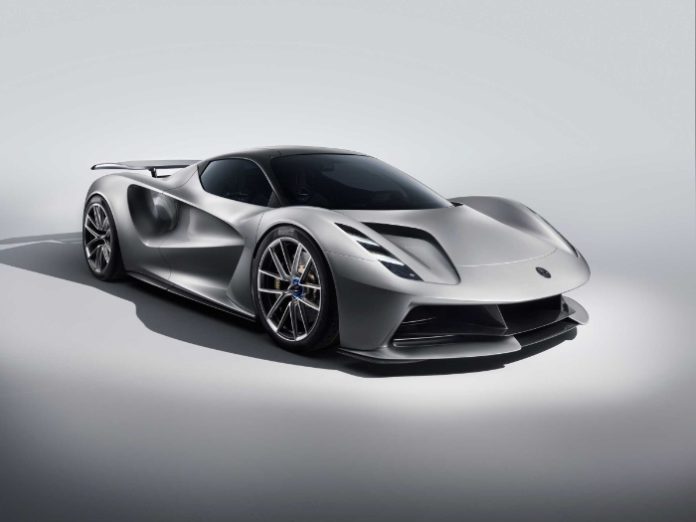Hot off the press… Lotus launched its brand new all-electric hypercar just hours ago.
It already claims to be the worlds most powerful production car. And, the few people that have seen it in person also believe it’s the most beautiful vehicle in its class, where performance is kind and aesthetics come second.
It’s called Evija – meaning “the first one” – the first one in a new electric chapter of Lotus’ history.
The most powerful car to enter production
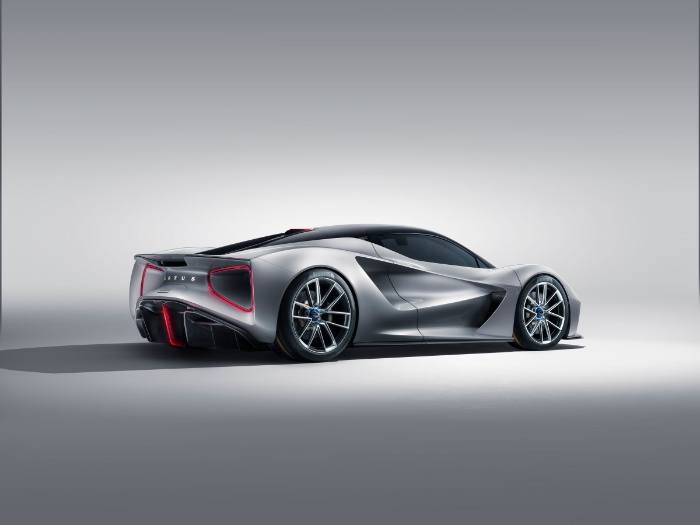
Lotus has never held horsepower as their defining characteristics. However, the Evija will produce 1,972 horsepower – a new record, exceeding the Rimac Concept Two.
It’s got an electric motor for each axle with each wheel getting its own Xtrac transmission.
The power comes from a 70 kWh battery back, co-developed with Williams Advanced Engineering. It takes the place of the traditional mid-mounted engine and promises a range of 250 miles and charging times of just 18 minutes.
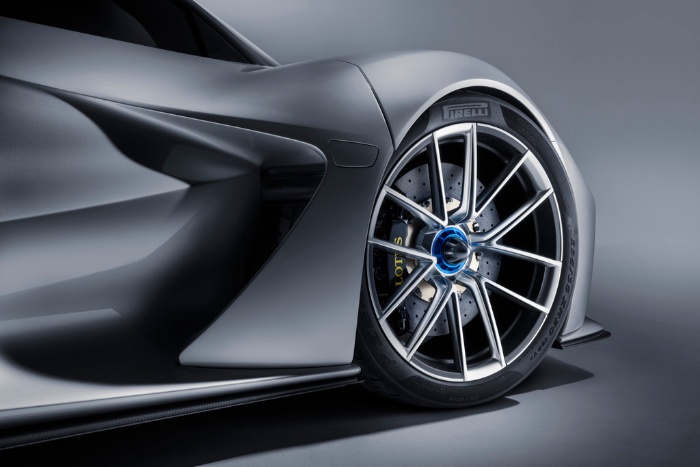
With the advancement of electric motors and battery technology for road car applications, bonkers power figures are becoming the norm. It’s only a matter of time before we see a production vehicle break the 2,000 hp milestone.
And though their crown is uncertain, Lotus has always excelled elsewhere, like making their vehicles extremely light.
Evija is the lightest ever EV hypercar
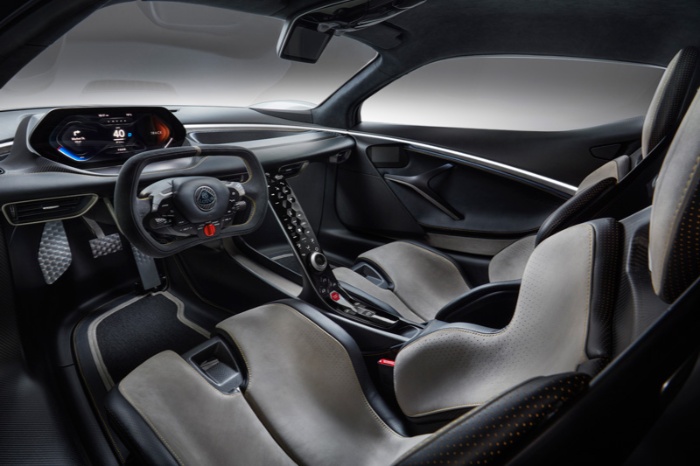
Lotus has not abandoned its core values. On the contrary, they have tackled the grand challenge of making a lightweight electric hypercar. The Evija weights 3,703 lb – quite a lot for a hypercar, but considerably lighter than any other electric competitor.
The Rimac C2 weights 4,300 lb and NIO’s EP9 is closer at 3,825 lb, but lacking more than 600 horsepower in comparison to Evija.
Of course, this is only possible thanks to extensive usage of carbon fiber inside, out and in-between, magnesium wheels and minimalist interior.
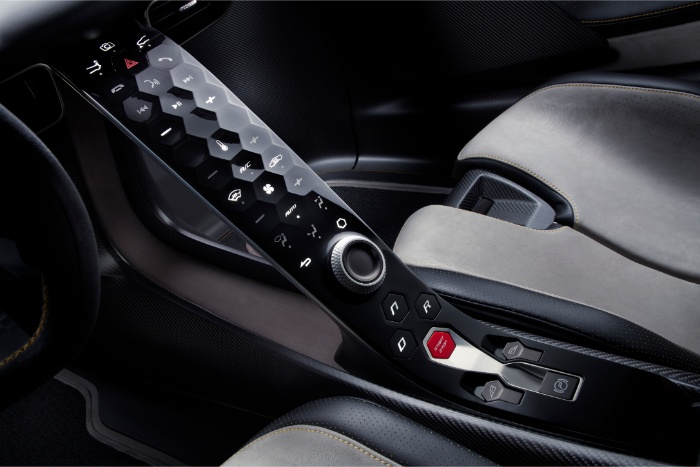
Lotus is giving us only vague performance figures for now – 0-60 mph acceleration in under 3 seconds and a top speed exceeding 200 mph.
This doesn’t sound awfully impressive despite the jaw-dropping power to weight ratio. However, just like with the new GT500, it’s anyone’s guess what the final numbers will look like.
Lotus may be hiding a big surprise underneath its sculptured body. Speaking of which..
The Evija is the ultimate expression of Lotus design.
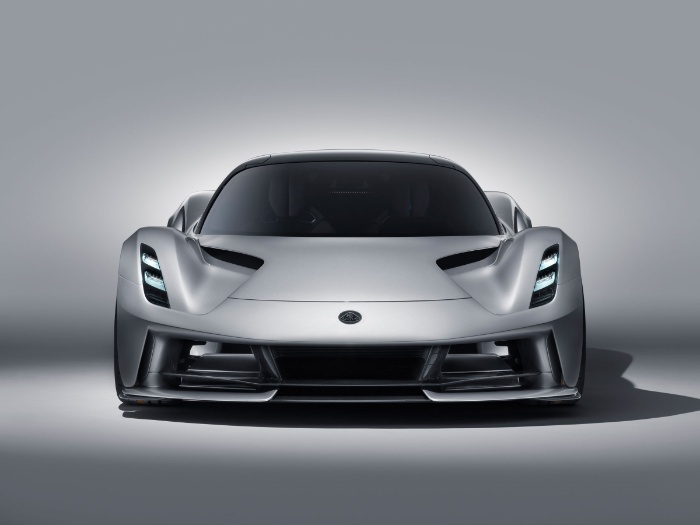
Despite enforcing a zealous weight-saving philosophy, Lotus has always managed to wrap its vehicles in elegance.
There has never been an ugly Lotus, but the Evija is simply breathtaking. It’s smooth, graceful, delicate – like a sculpture.
But look closer and you’ll see that everything serves a purpose. In an effort to maximize the aerodynamic efficiency, Lotus’ designers have not only streamlined the sillhouette, but also explored its porosity.
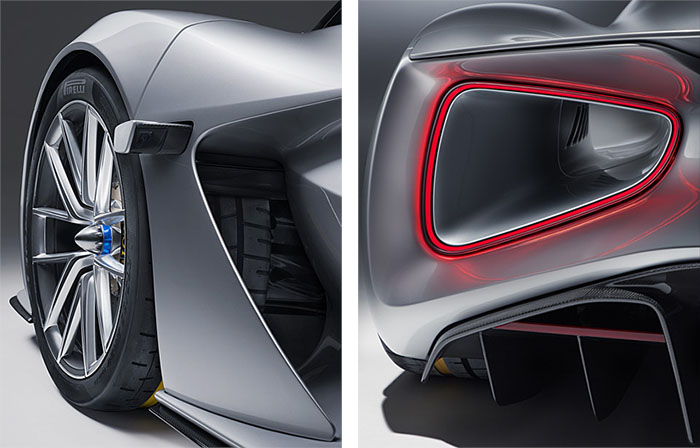
Thanks to the packaging of electric vehicles, it was possible to carve out the body and open cavities and tunnels where air can pass through.
These channels serve a number of aerodynamic purposes – producing downforce, reducing drag thanks to the venturi effect and housing elements like dive planes and canards which would normally need to stick out of the body.
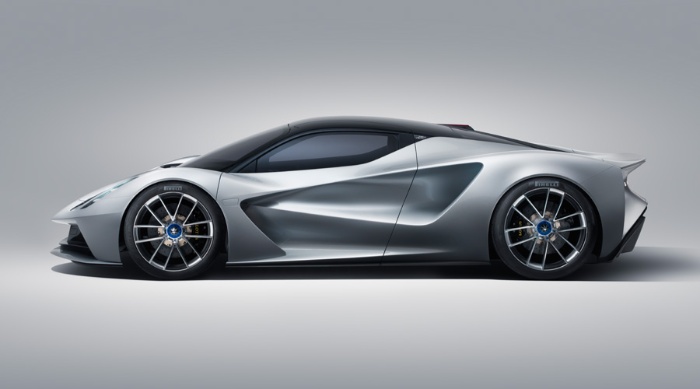
If you’ve seen the McLaren Senna, you know how unappealing a car can become when it goes all out on aero. Lotus has approached the subject in a remarkably beautiful way.
There is a complex spiraling interaction between the front arches and the hood, which forms a concealed front wing in addition to the splitter beneath the bumper.
Moving on the to side and a gorgeous carving is revealed as the door takes the role of a divider between the front and rear air channels. Those are not intake scoops!
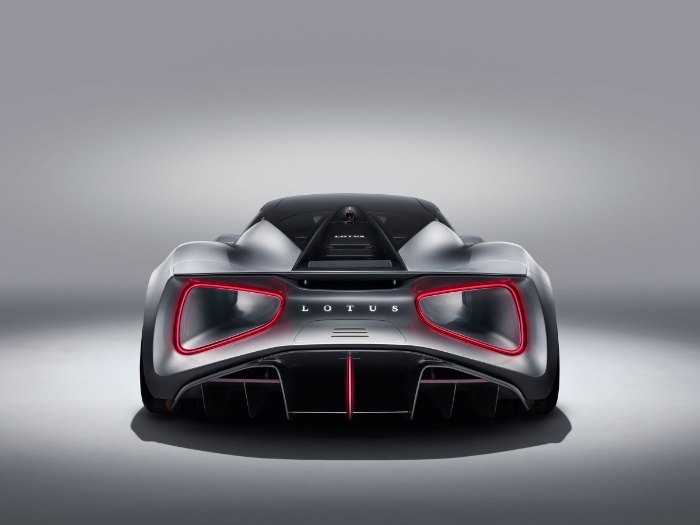
They are massive ducts, curving through the body and exiting out of the gigantic holes in the rear end. In fact, there is hardly a rear bumper on this car. Most of the space between the diffuser and the actuated rear spoiler is just carved out.
Lotus is making a big leap forward
Lotus is skipping on a step and jumping straight for the hypercar category and at the same time introducing their first fully electric vehicle.
View this post on InstagramMeet the Lotus Evija. #LotusEvija #ForTheDrivers
A post shared by Lotus Cars (@lotuscars) on
With each wheel getting more power than any other Lotus and the added weight of the battery pack, will the Evija still represent the brand’s defining traits?
We’ll find out soon enough. The vehicle is scheduled to enter production in 2020 with 130 units planned. Each will come with a $2.11 million price tag.
